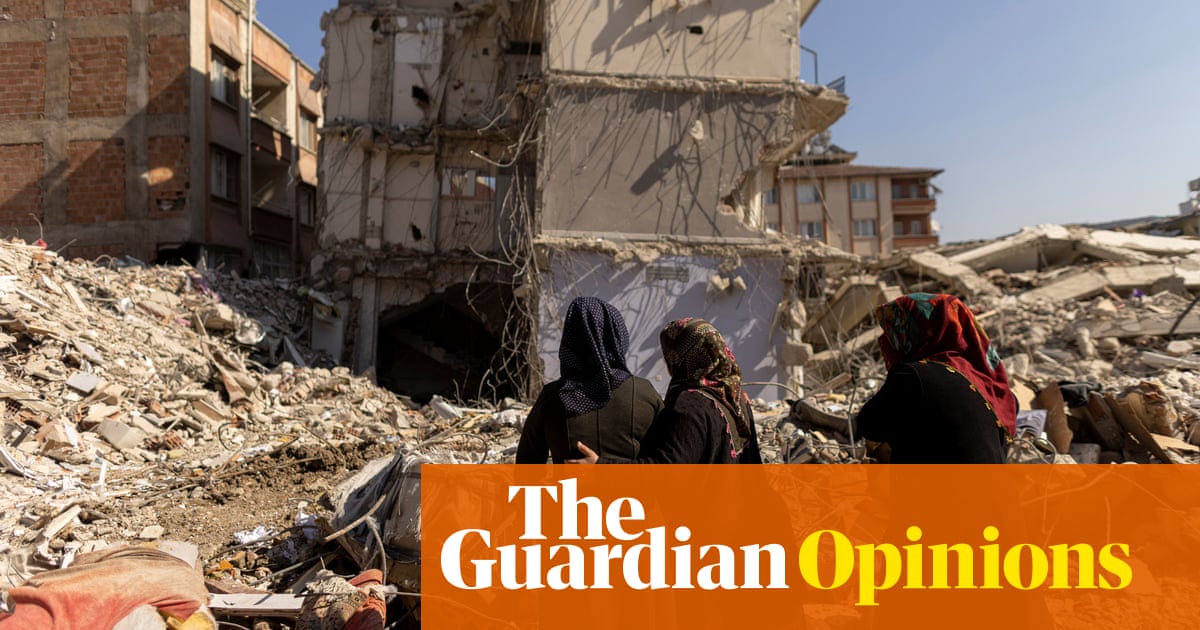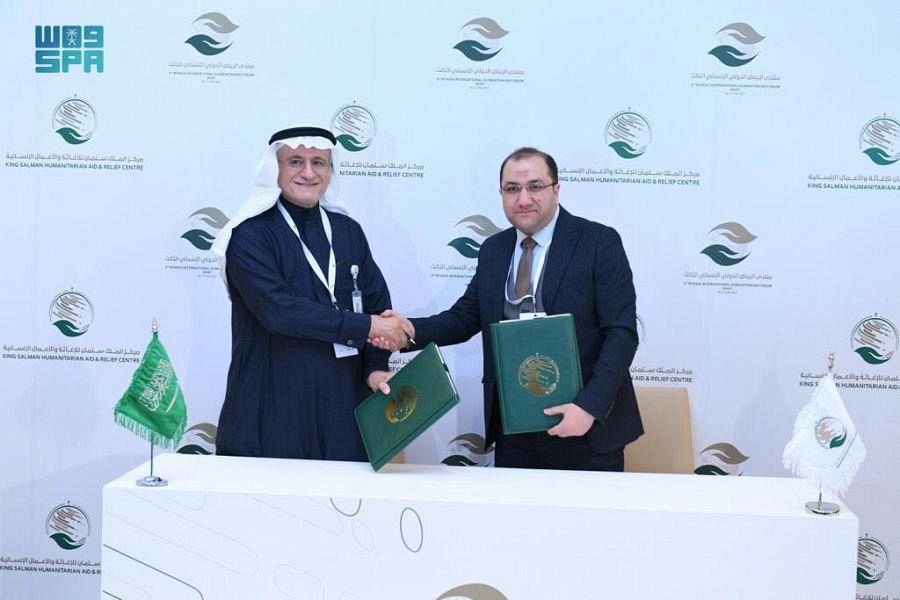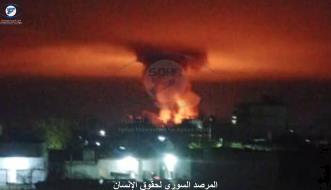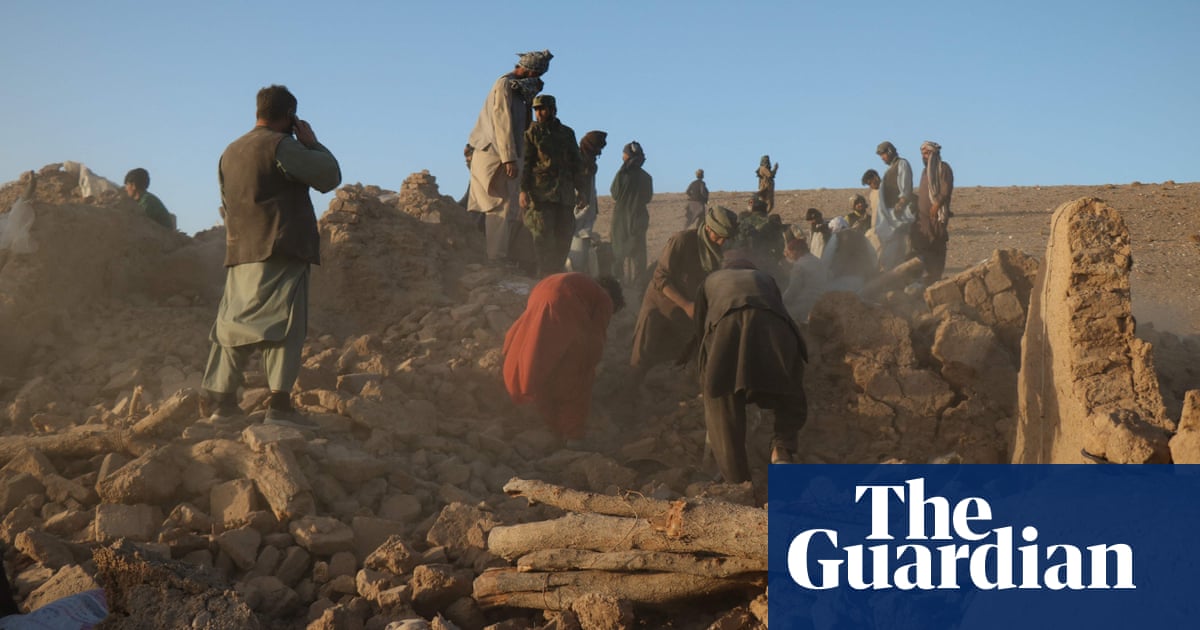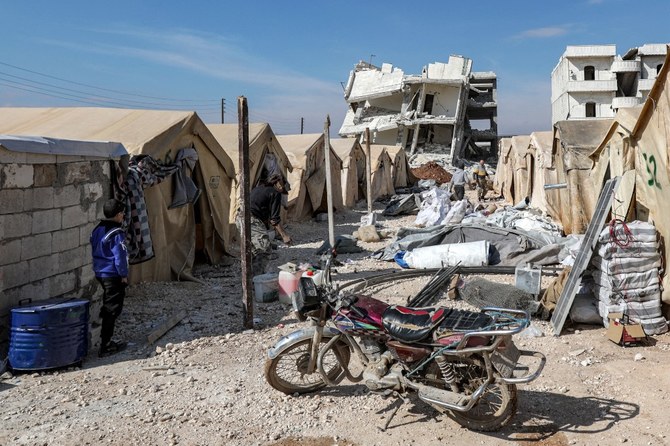
It has been a grim past two months since the massive earthquakes hit southern Turkiye and northern Syria. At 04:17 a.m. millions of lives changed forever. For Syrians it was the largest earthquake in more than 800 years to hit their country — since the great 1202 earthquake in Damascus, which led to floods and famine. How have these areas fared since and just how has the international community reacted?
Even now the exact number of fatalities within Syria is not clear. It may be about 5,000, probably more. The Turkish death toll stands at more than 50,000: 148 cities and towns in northwest Syria have been affected by the earthquakes. Precise figures, as ever with Syria in recent years, are a rarity given the lack of effective governing authorities.
One must pay tribute to those who have worked tirelessly on the ground to provide aid. This is never easy. In Syria, more than 101,000 people have been reached with emergency shelters since the earthquakes. Many Syrians and Turks remain in tents threatened by storms with 50 IDP camps having been flooded so far.
The UNDP estimated recovery costs in Syria at $US14.8 billion. This again is likely to be an underestimate. One thing Syria is not short on is debris. Thus far some 80,000 m3 of debris has been removed by the humanitarian community. Plenty more remains, with towns such as Jindires in Afrin still with rubble in the streets blocking movement.
Syrians also know all about displacement. More than half the population has been displaced since 2011, many more than once. More than 30,000 displacement movements were recorded in northwest Syria between Feb. 6 and Feb. 8 alone.
Arguably the urgent need is help with mental health. Those affected are still reliving the event. Many are not even aware they have trauma, and do not understand post-traumatic stress disorder. They know something is wrong and are not aware that this is usual after such an event. The trauma is universal — so for example even carers of children are traumatized. Parents cannot handle themselves let alone their beloved offspring.
The major international actors still treat Syria as an emergency crisis rather than a long-term political challenge to be resolved.
Chris Doyle
Yet predictably and all too sadly the horror stories that saturated the global media in the aftermath have disappeared. News moves on so rapidly that these stories are barely visible in the rear-view mirror. The world may not have quite forgotten but the issue is certainly on the back burner.
Syrians have of course suffered disaster upon disaster. These have buffeted them over 12 years. More than ever, they feel alone and abandoned. A traumatized population had to deal with yet another trauma. Having feared death from above for years courtesy of regime bombings, they now feared death from below. During the height of COVID-19, people feared to go out, but now people feared to go back in. Many Syrians have told the author that they prefer the freezing tents to the horror of going back inside buildings. The sound of the walls cracking haunts them, a memory that does not dissipate. Some have made it from emergency to mid-term shelters.
How did the various authorities fare? A considerable amount of criticism was lobbed at Turkish authorities whose disaster emergency planning was found to be inadequate. Also many died in buildings that were not fit for purpose, built without proper controls. Turkiye still needed external support. The scale was overwhelming: 30,000 buildings that collapsed in ten cities. Many criticized its performance in the crucial first 48 hours.
Imagine if Syria was a well-governed functioning state with a wealth of resources and helpful allies. It would still have struggled. Yet with divided areas of control, it was a lack of governance that made the whole Syrian situation so different to the impact in Turkiye. The regime was slow to react and largely ineffective. In opposition areas, the absence of a proper authority was one reason why here, too, many structures had been built so lamentably and collapsed so easily. Typically many of the three million IDPs in the north-west were living in buildings owned by refugees. This raises delicate legal issues. If a refugee property collapsed in the quakes, who is the property rebuilt for?
What there was in northwest Syria was an extraordinary popular civil society effort. Everyone knew that no authority or higher power was there to do the job so wherever possible, everyone contributed. As powerful as this was it did not make up for the shortage of vital equipment and expertise. Dispatched in plentiful quantities to Turkiye, none of the heavy equipment made it across the border.
This is where the failure of the international donor community hit hardest. Aid to northwest Syria was painfully slow. The first UN convoy left on Feb. 10 but only contained standard food and hygiene packs that were being distributed prior to the earthquakes. Instead of heavy equipment and much-needed expertise, donor states typically reported to financial support of groups such as the White Helmets.
The donor conference in Brussels in March was notable for the total lack of any Syrians. The Turkish foreign minister was there but there was no Syrian presence at all. It is a chasm, where nobody speaks for the Syrian public"s benefit. It remains to be seen how much of the pledged €6.05 billion for Turkiye and the €911 million for Syria will actually materialize.
But funding is not even the biggest issue. The major international actors still treat Syria as an emergency crisis rather than a long-term political challenge to be resolved. Political failure killed people during and after these earthquakes. International actors should never have allowed themselves to be restricted to one border crossing for the UN in northern Syria. If the UN could not bring aid cross the border, individual states could and should have made their own arrangements.
Nothing on the horizon suggests the international political malaise regarding Syria will change. Within weeks the UMN Security Council will argue over extending keeping the Bab Al-Hawa crossing open for another six months. Aid will be for emergency only not even early recovery aid. Syrians do not qualify for developmental assistance.
Above all, the Syrian carcass will be left to rot. The Syrian regime will act as ever in its own narrow self-interest. Its allies, Russia and Iran, will only be able to provide breadcrumbs in terms of aid. The Syrian opposition is impotent. Arab states will normalize relations but where is the grand plan to bring about real change? The rest of the world has backed off and resorted to the status quo ante of ignoring Syria, a reckless and dangerous approach that many will come to regret.
Chris Doyle is director of the Council for Arab-British Understanding in London. Twitter: @Doylech




